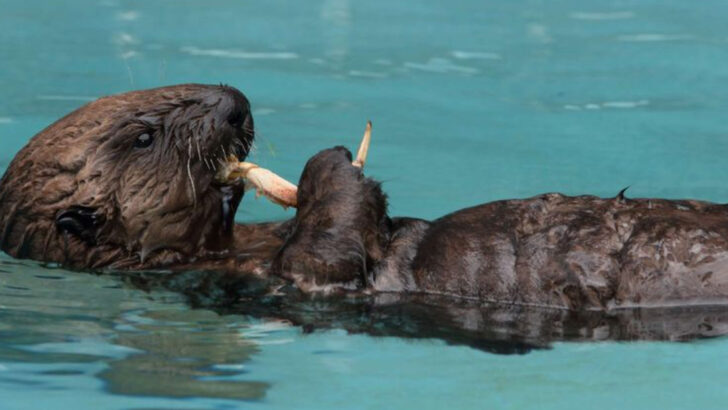Some animals danced on the edge of extinction—and won. Once teetering on the brink, these 15 American species have made stunning comebacks that defy the odds. From forests to rivers, and plains to mountains, nature’s survivors are proving how powerful resilience can be. Their stories are full of grit, hope, and a fierce will to live. Celebrate these wildlife warriors who fought back from near disappearance to flourish once more. Their revival is a bold reminder that nature’s magic never quits—if we give it a chance.
Bald Eagle
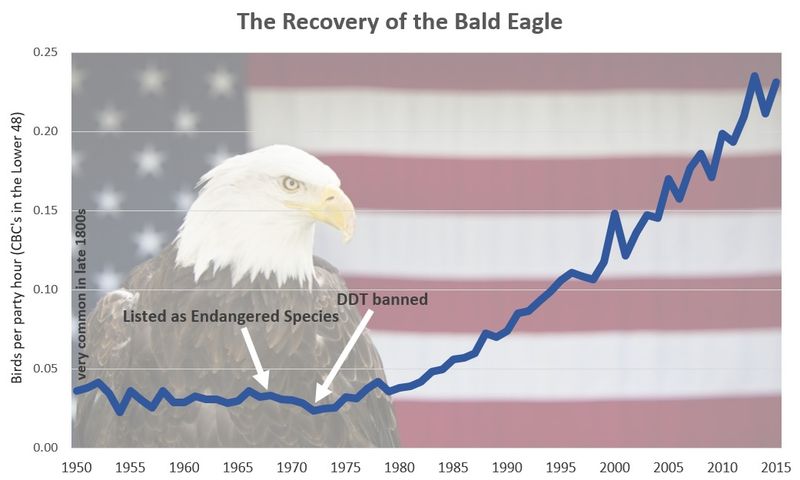
Once teetering on the brink of extinction due to DDT pesticide exposure, the bald eagle has made a triumphant comeback. Conservation efforts have seen their numbers soar from just 417 nesting pairs in 1963 to over 10,000 today. The sight of these majestic birds gracing the skies is a symbol of national pride.
Their resilience has been fueled by habitat protection and the banning of harmful pesticides. They thrive in diverse environments, from coastal regions to forested lakes, exhibiting their adaptability.
Did you know? The bald eagle was removed from the endangered species list in 2007, marking a conservation success story.
American Alligator
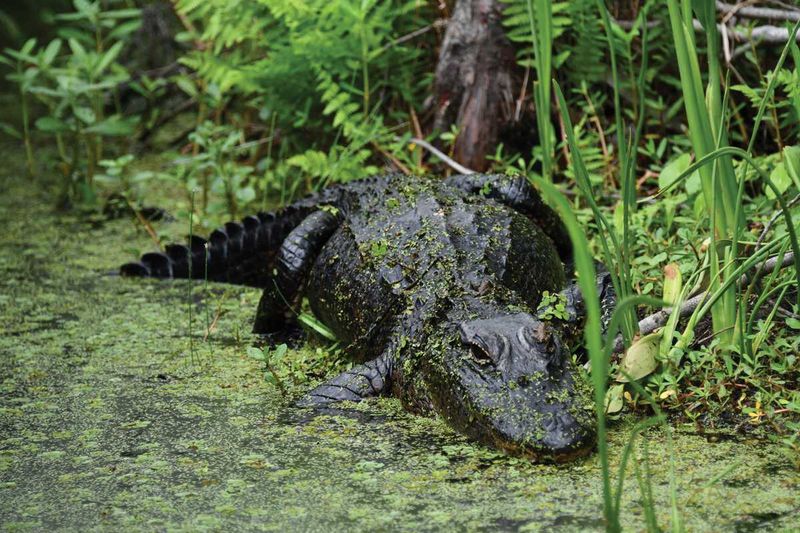
The American alligator’s story is one of remarkable recovery. Overhunting and habitat loss once threatened their existence, but today, they thrive across the southeastern United States. Their population rebounded to over a million.
As apex predators, they play a crucial role in their ecosystem, maintaining the balance in wetland habitats. Their comeback is a testament to successful wildlife management and conservation laws.
Intriguingly, these reptiles are known for their powerful jaws and stealthy hunting skills, making them fascinating creatures to observe in the wild.
Gray Wolf
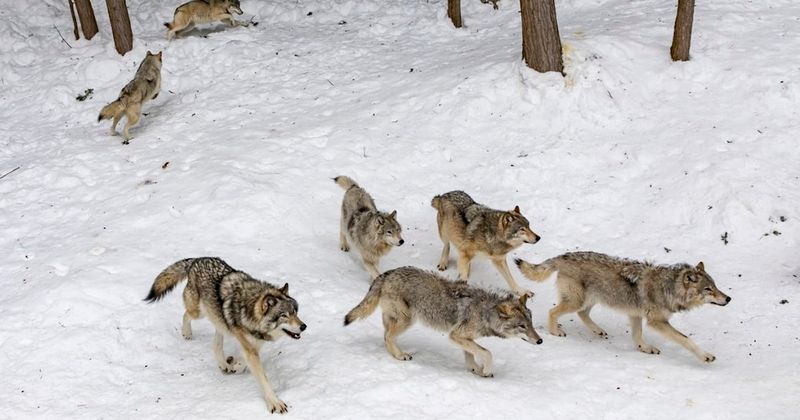
Gray wolves once roamed broadly across North America, but they faced near extinction due to hunting and habitat fragmentation. Today, they roam freely again in regions like Yellowstone.
Their reintroduction to certain areas has helped restore natural ecosystems, showing how apex predators shape their environments. Gray wolves’ haunting howls echo through forests, a sound once nearly lost.
Did you know? The recovery of gray wolves has helped increase biodiversity and improved the health of various species within their territory.
California Condor
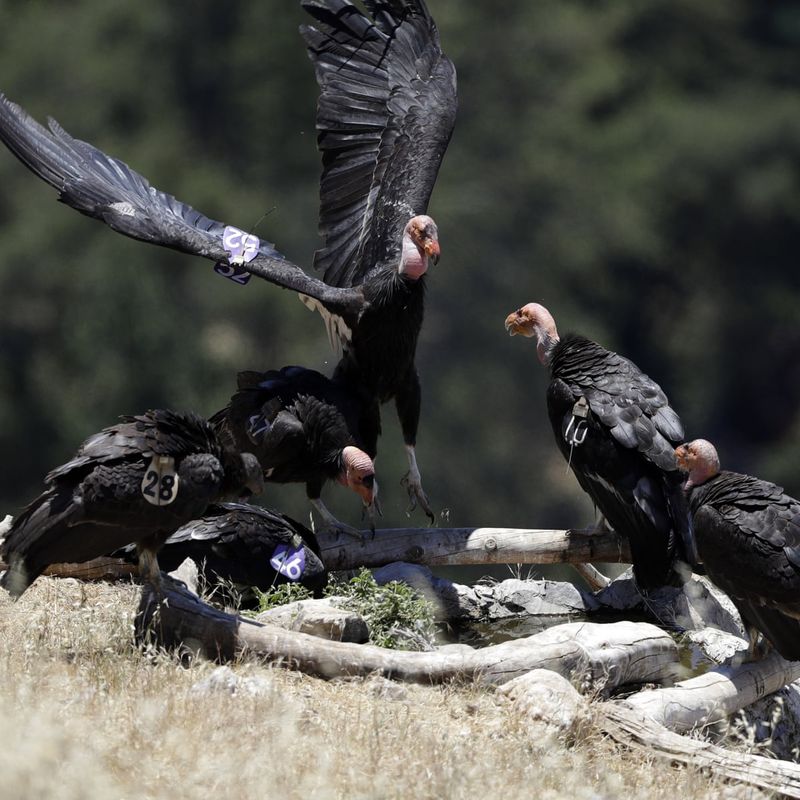
California condors, with wingspans up to 9.5 feet, were once nearly lost to the world, dwindling to just 27 individuals. Through captive breeding and habitat conservation, their numbers have climbed to over 400.
These scavengers play a critical role in their ecosystem by cleaning up carrion. Their presence signifies a triumph in species preservation and the power of collaborative conservation efforts.
Interestingly, condors can soar up to 15,000 feet in the air, showcasing their remarkable aerial abilities.
Sea Otter
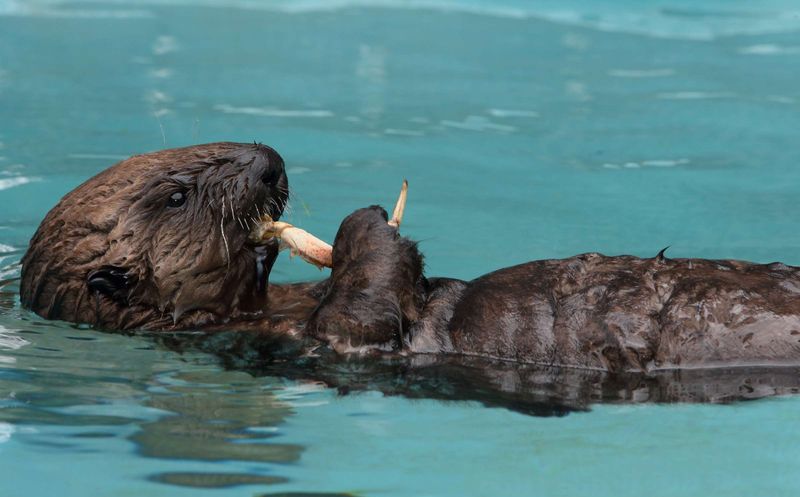
With their endearing antics and vital ecological role, sea otters have bounced back from the brink. Once hunted for their fur, they are now protected species flourishing along the Pacific coast.
Sea otters are keystone species, maintaining the health of kelp forests by preying on sea urchins. Their recovery has led to thriving marine ecosystems and biodiversity.
Did you know? Sea otters have the densest fur in the animal kingdom, which helps them stay warm in chilly waters.
American Bison
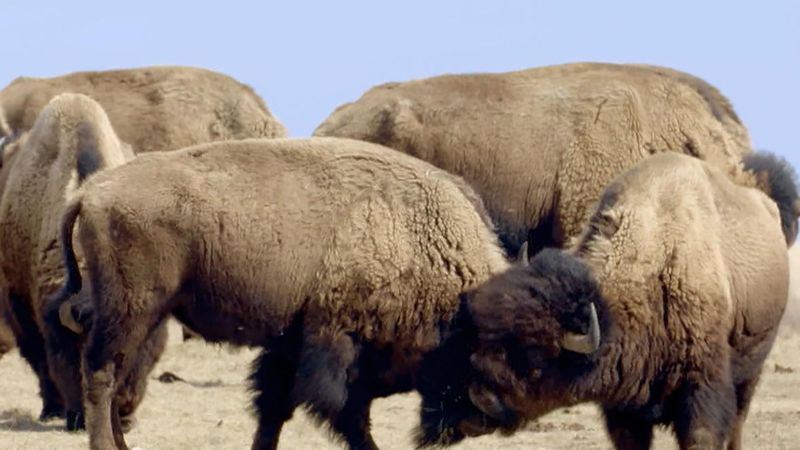
Once numbering in the millions, American bison were driven to the brink of extinction in the 19th century. Thanks to conservation efforts, their population has steadily increased to around half a million.
These iconic symbols of the American plains are critical for maintaining grassland ecosystems. Their reintroduction to numerous reserves and national parks has helped restore natural landscapes.
Remarkably, bison are capable of running up to 35 miles per hour despite their massive size, making them both majestic and formidable.
Humpback Whale
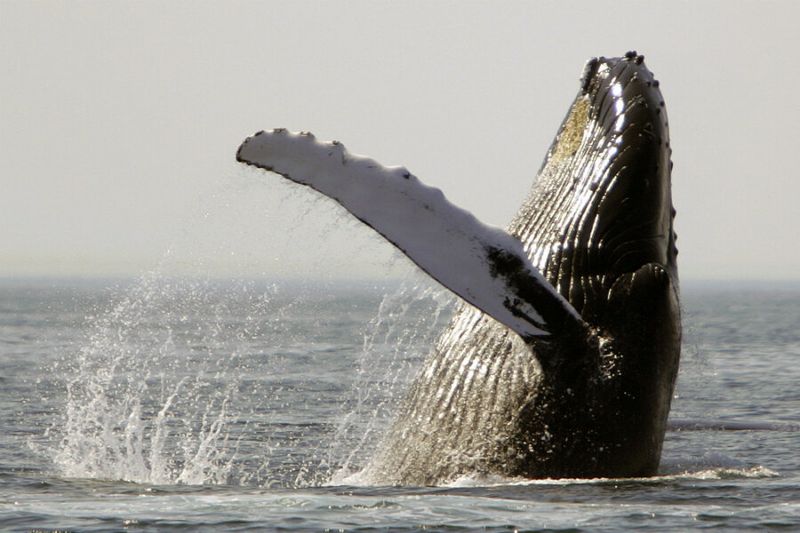
Humpback whales are celebrated for their acrobatic breaches and complex songs. Once endangered due to commercial whaling, their numbers have rebounded significantly.
These gentle giants now thrive in oceans worldwide, thanks to international protection and conservation efforts. Their recovery highlights the resilience of marine life when given a chance.
Did you know? Humpback whales can migrate over 5,000 miles from their feeding grounds to warmer waters for breeding.
Peregrine Falcon
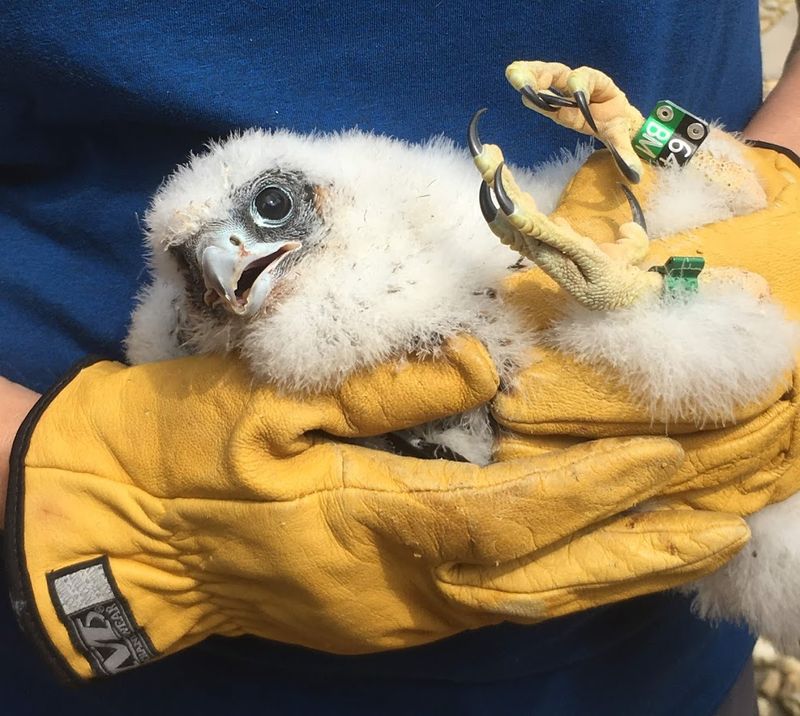
Peregrine falcons are the speedsters of the avian world, reaching speeds over 240 mph during their hunting dives. Their population plummeted due to DDT, but they have rebounded impressively.
Their comeback is attributed to banning harmful pesticides and reintroduction programs. Peregrine falcons now grace urban and natural landscapes, showcasing adaptability.
Intriguingly, these birds have adapted to city life by nesting on skyscrapers, turning urban areas into their hunting grounds.
Gray Whale
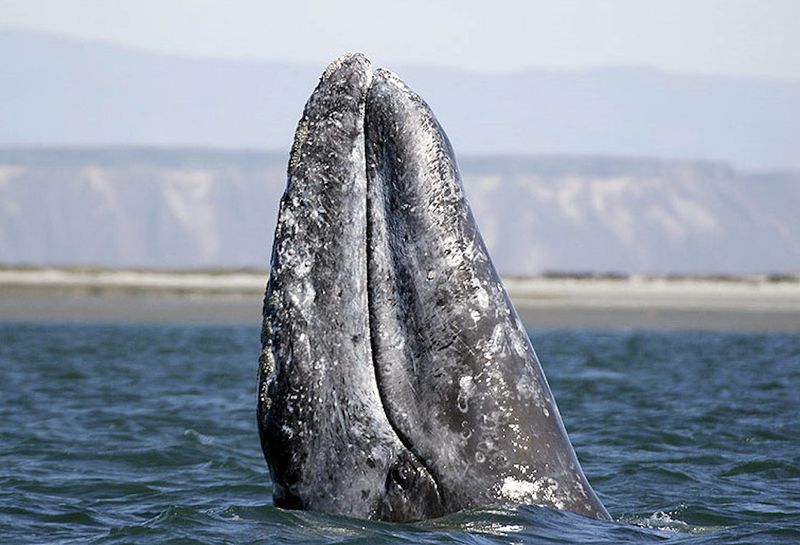
Gray whales were nearly hunted to extinction during the 19th and 20th centuries. Today, conservation efforts have allowed their populations to recover along the Pacific coast.
These cetaceans embark on one of the longest migrations of any mammal, traveling from the Arctic to the warm lagoons of Mexico. Their comeback is a testament to the effectiveness of international marine protection agreements.
Did you know? Gray whales can reach lengths of up to 49 feet, making them one of the larger whale species.
American Crocodile
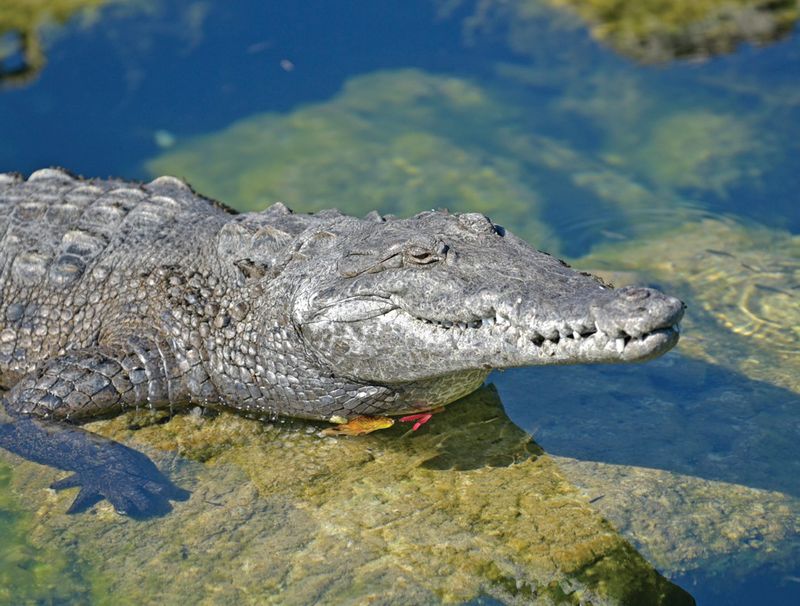
The American crocodile was once on the brink of disappearing due to habitat loss and hunting. Conservation efforts have reversed their fate, allowing their populations to stabilize, especially in Florida.
These reptiles are unique among crocodile species, preferring coastal habitats and brackish waters. Their recovery is a success story for reptilian conservation and habitat restoration.
Interestingly, American crocodiles are more shy and reclusive compared to their alligator relatives, making them less likely to be seen by casual observers.
Whooping Crane
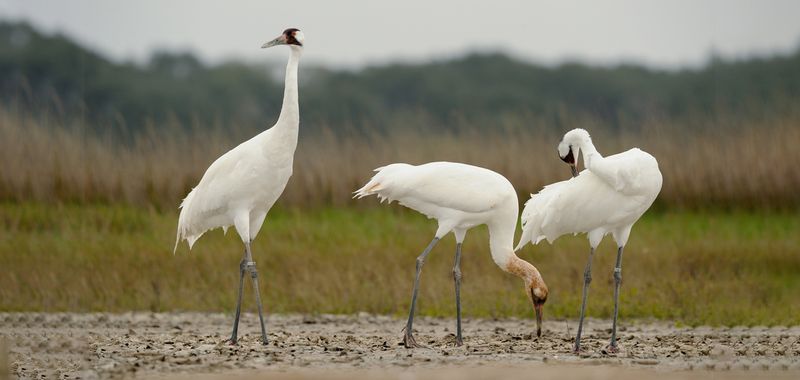
Whooping cranes are a testament to collaborative conservation efforts. Once reduced to just 21 individuals, their numbers have now risen to over 800 in the wild and captivity.
These stately birds are the tallest in North America and are known for their elegant courtship dances. They symbolize hope in the face of extinction, with ongoing support ensuring their survival.
Did you know? Whooping cranes undertake long migratory journeys, traveling thousands of miles annually between breeding and wintering grounds.
Florida Manatee
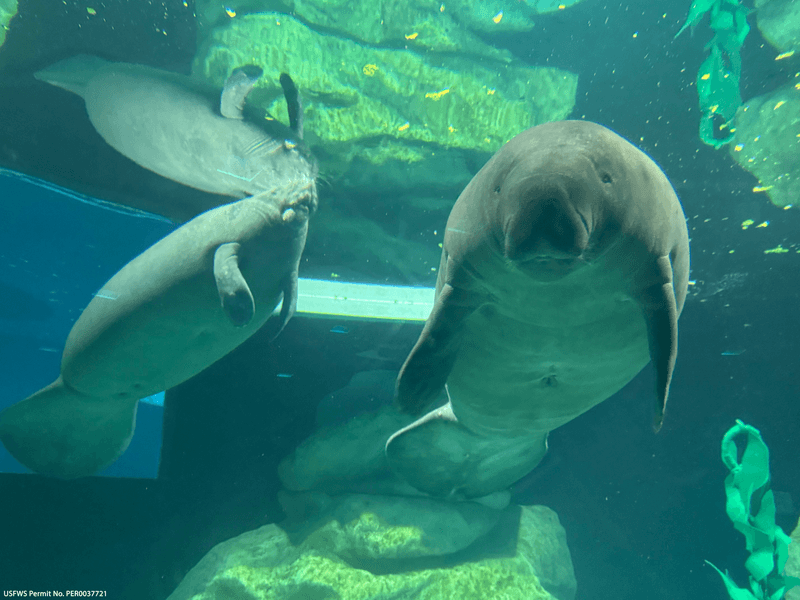
The Florida manatee, affectionately known as the “sea cow,” was once endangered due to boat collisions and habitat loss. Today, their population is stable, thanks to protective measures.
These herbivorous mammals are vital to maintaining aquatic ecosystems by grazing on seagrasses. Their presence in Florida’s waterways is a sign of healthy aquatic habitats.
Intriguingly, manatees are closely related to elephants, sharing a common ancestor, which is evident in their similar skin texture.
American Black Bear
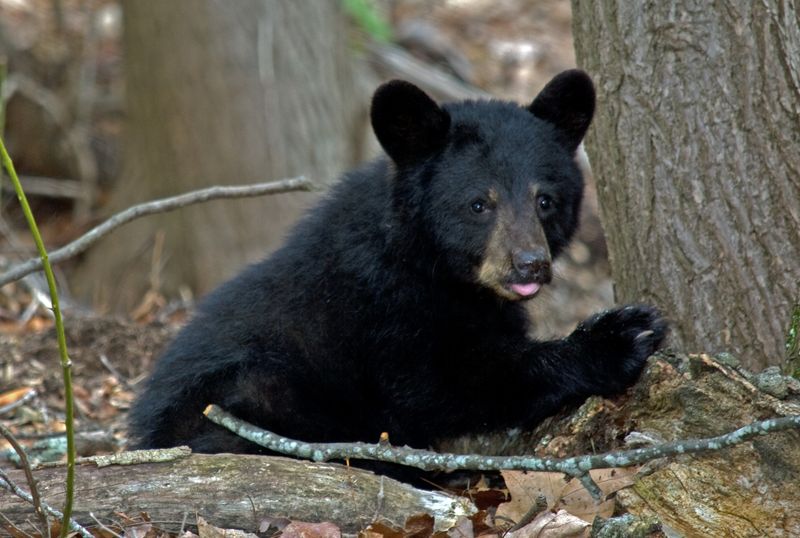
American black bears have made an impressive recovery, with populations thriving across their native range. Habitat conservation and legal protection have been key to their resurgence.
These adaptable omnivores play crucial roles in forest ecosystems, aiding in seed dispersal and maintaining balance. Their presence in diverse habitats is a testament to the success of conservation policies.
Did you know? Black bears are excellent tree climbers and often retreat to high branches when threatened or to forage for food.
River Otter
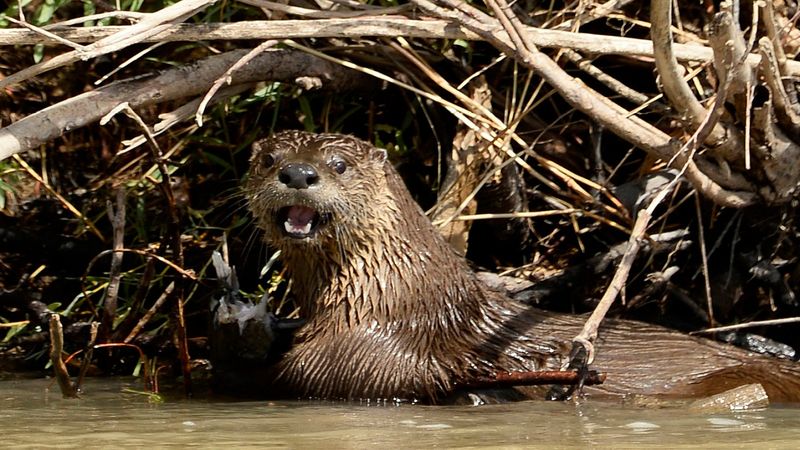
River otters have staged a delightful comeback across North America. Once affected by pollution and habitat destruction, they now flourish in clean, protected waterways.
These social and energetic mammals are indicators of healthy aquatic environments, as they feed on fish and aquatic invertebrates. Their playful nature is a joy to observe in the wild.
Interestingly, river otters communicate using a variety of vocalizations, from chirps to whistles, adding to their charm and intrigue.
Red-Cockaded Woodpecker
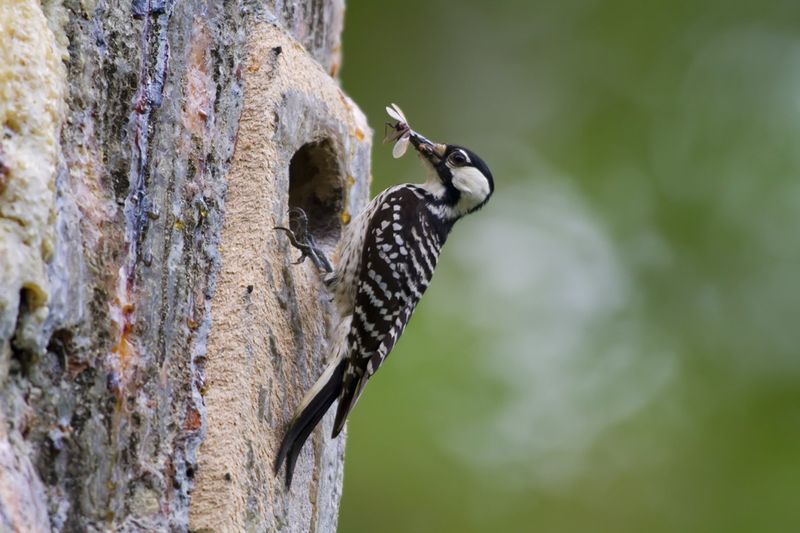
In the whispering pines of the southeastern U.S., the Red-Cockaded Woodpecker once faced grim prospects. Its specialized habitat needs, depending on mature pine forests, were threatened by logging. Yet, a dedicated recovery plan turned the tides.
Through habitat restoration and awareness, its numbers have been climbing steadily. The woodpecker’s unique social structure and cooperative breeding behavior make it a fascinating subject for ornithologists.
Did you know? The Red-Cockaded Woodpecker carves its nesting cavities in living trees, a rarity among woodpeckers. Their comeback story is a beacon of hope for conservationists.

